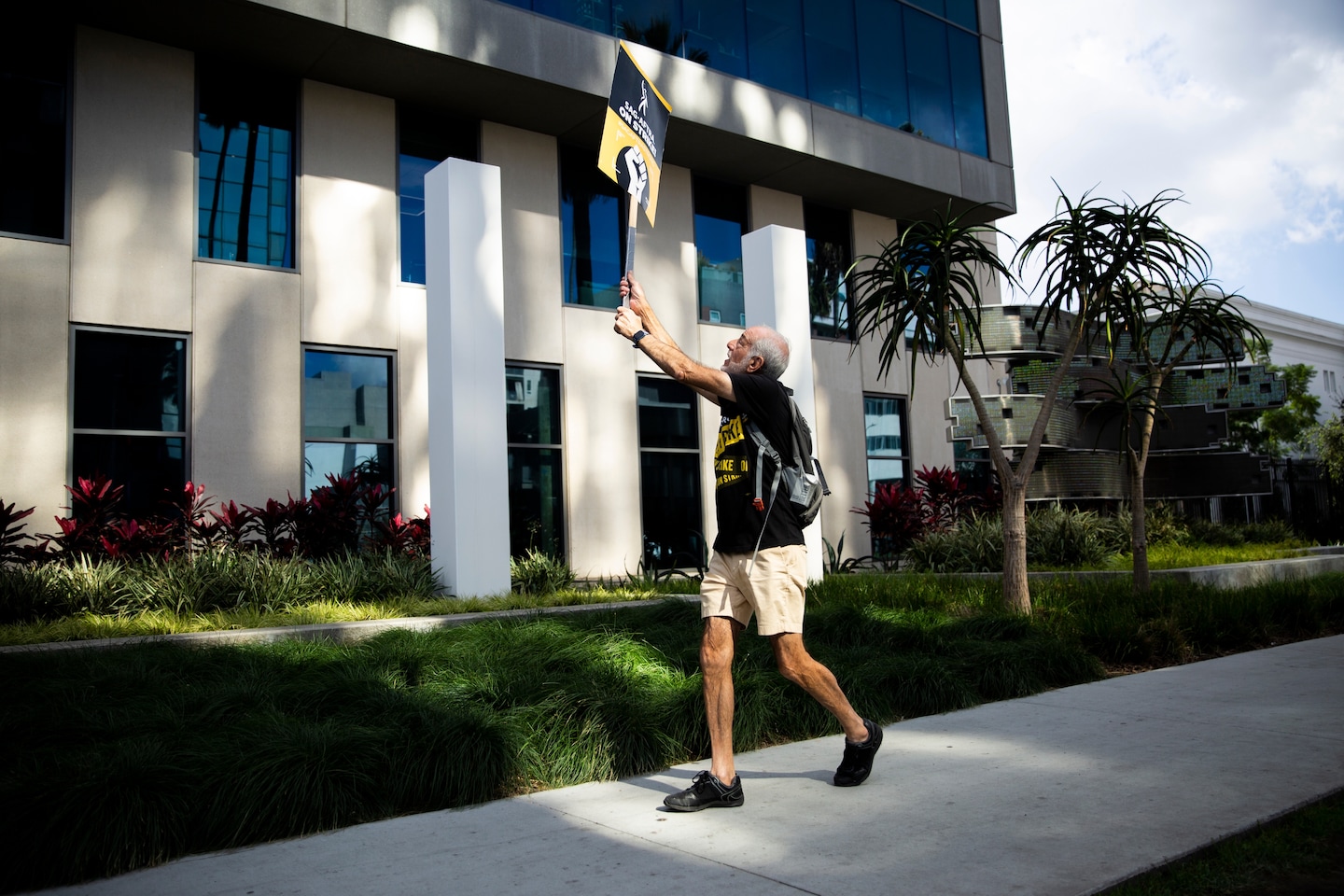One of the longest and broadest labor walkouts in the history of the U.S. entertainment industry is drawing to a seemingly amicable close. A 148-day strike by the Writers Guild of America (WGA) was settled in September, and an overlapping 118-day strike by the Screen Actors Guild-American Federation of Television and Radio Artists (SAG-AFTRA) was suspended last week after negotiators hammered out a new employment contract with major Hollywood studios, which tens of thousands of unionized actors are widely expected to approve in the coming weeks.
But the existential issues at the core of the crisis and the way the different sides compromised to end it are only beginning to ripple out. Actors and writers are going back to work in an industry being transformed by increasingly inscrutable audiences, ethically divisive technology, and a broad reconsideration about how much entertainment is worth making — and how much you should pay for it.
Here are five crucial takeaways from the deals that Hollywood actors and screenwriters struck with the Alliance of Motion Picture and Television Producers, which represents major studios and streaming companies in labor negotiations, including Disney, Warner Bros. Discovery, Paramount, Netflix, Apple and Amazon. (Amazon founder Jeff Bezos owns The Washington Post, and the newspaper’s interim CEO, Patty Stonesifer, sits on Amazon’s board.)




